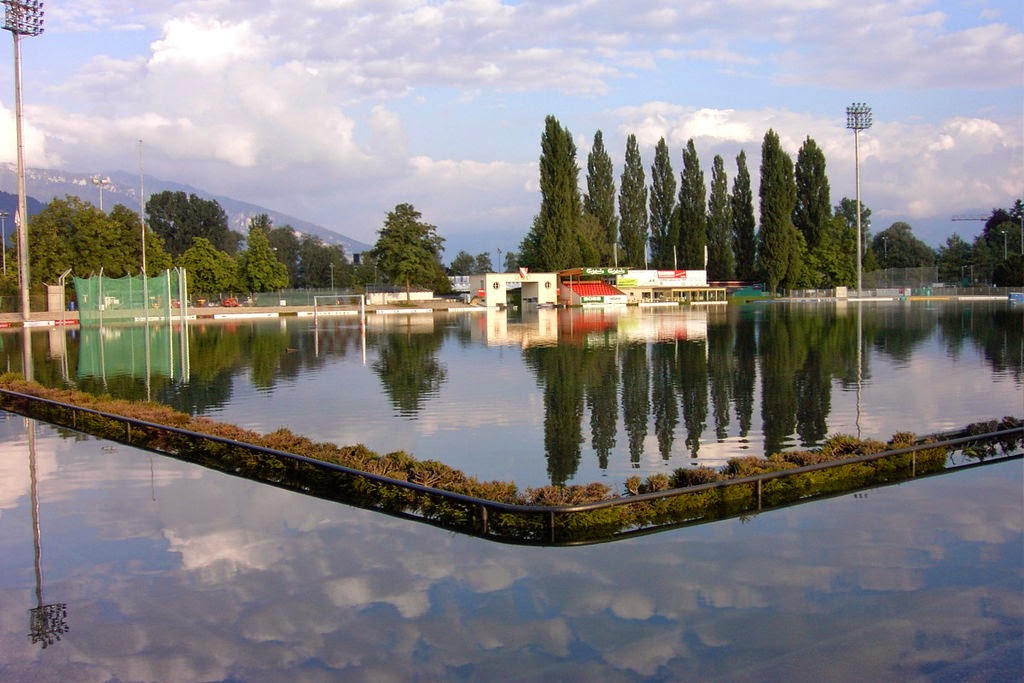 Michael Slezak in New Scientist: Enjoy the pause in global warming while it lasts, because it's probably the last one we will get this century. Once temperatures start rising again, it looks like they will keep going up without a break for the rest of the century, unless we cut our greenhouse gas emissions.
Michael Slezak in New Scientist: Enjoy the pause in global warming while it lasts, because it's probably the last one we will get this century. Once temperatures start rising again, it looks like they will keep going up without a break for the rest of the century, unless we cut our greenhouse gas emissions.The slowdown in global warming since 1997 seems to be driven by unusually powerful winds over the Pacific Ocean, which are burying heat in the water. But even if that happens again, or a volcanic eruption spews cooling particles into the air, we are unlikely to see a similar hiatus, according to two independent studies.
Masahiro Watanabe of the University of Tokyo in Japan and his colleagues have found that, over the past three decades, the natural ups and downs in temperature have had less influence on the planet's overall warmth. In the 1980s, natural variability accounted for almost half of the temperature changes seen. That fell to 38 per cent in the 1990s and just 27 per cent in the 2000s.
Instead, human-induced warming is accounting for more and more of the changes from year to year, says Watanabe. With ever-faster warming, small natural variations have less impact and are unlikely to override the human-induced warming.
"The implication is that we will get fewer hiatus periods, or hiatus periods that last for a shorter period," says Wenju Cai at the CSIRO in Melbourne, Australia, who wasn't involved in the work...
Hokusai's "The Wave"





_03_ies.jpg)






























